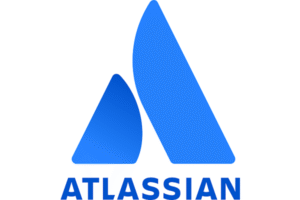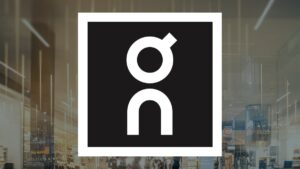The re-election of Donald Trump and renewed U.S.-China tariff tensions have pushed commodities markets to the center of geopolitical risk. According to RBC Capital Markets, even the remote possibility of tariff rollback would not undo the structural damage already done to trade relationships and market confidence.
Commodities Under Pressure: RBC’s Breakdown
RBC uses the industry cost curve as a key benchmark to assess how far prices can fall before producers are forced to cut output. The 90th percentile is considered a typical floor; dipping below it indicates deep stress:
| Commodity | Current Price | Cost Support (90th Pctl) | Downside to Support | 75th Percentile Risk |
| Copper | $4.63/lb | $3.15/lb | -24% | $2.50/lb (-41%) |
| Iron Ore | $97/t | $80/t | -18% | $64/t (-34%) |
| Aluminium | $1.14/lb | $1.00/lb | -12% | $0.90/lb (-17%) |
Earnings Impact if Trade War Deepens
RBC’s scenario modeling reveals sharp potential earnings declines:
-
-13% drop in mining sector earnings if prices fall to 90th percentile
-
-37% collapse if they hit the 75th percentile
Most Exposed Players
Miners positioned higher on the cost curve face the steepest downside:
-
Antofagasta (LON: ANTO) and Anglo American (JO: AGLJ)
High copper exposure at elevated prices = vulnerable
-
Vale S.A. (NYSE: VALE)
Balance sheet stress and capex intensity could amplify downside
More Defensively Positioned
These names are better insulated due to pricing, product mix, or stronger financials:
-
Norsk Hydro (OTC: NHYDY)
Already pricing in aluminium near cost base
-
Ecora Resources (LON: ECOR)
Stable revenue, minimal capex, diversified cash flows
-
Glencore (OTC: GLNCY) and Anglo American Platinum
Coal and PGMs remain within stable price zones
Valuations & Market Reaction
-
SXPP Index (Global mining): -20% since tariff headlines
-
Valuations dropping:
-
Price-to-NAV: 0.72x
-
EV/EBITDA: 4.6x
(Both below long-term averages but above GFC/COVID troughs)
-
📉 During GFC and COVID-19, the sector fell 60–75%—suggesting this correction may not be over.
Relevant Market Data
-
Commodities API
Track real-time and historical prices of metals like copper, aluminium, and iron ore.
📈 Commodities -
Balance Sheet Statements API
Compare financial resilience across miners to see who can weather prolonged shocks.
📊 Balance Sheet Statements
Final Word
Commodities are now collateral damage in a broader trade war narrative. With copper, iron ore, and aluminium still trading well above crisis support levels, the risk of deeper price cuts and earnings erosion is real — especially for high-cost producers.
Investors may want to pivot toward defensive names with stronger free cash flow, lower capex exposure, and diversified operations. The storm may just be starting.




